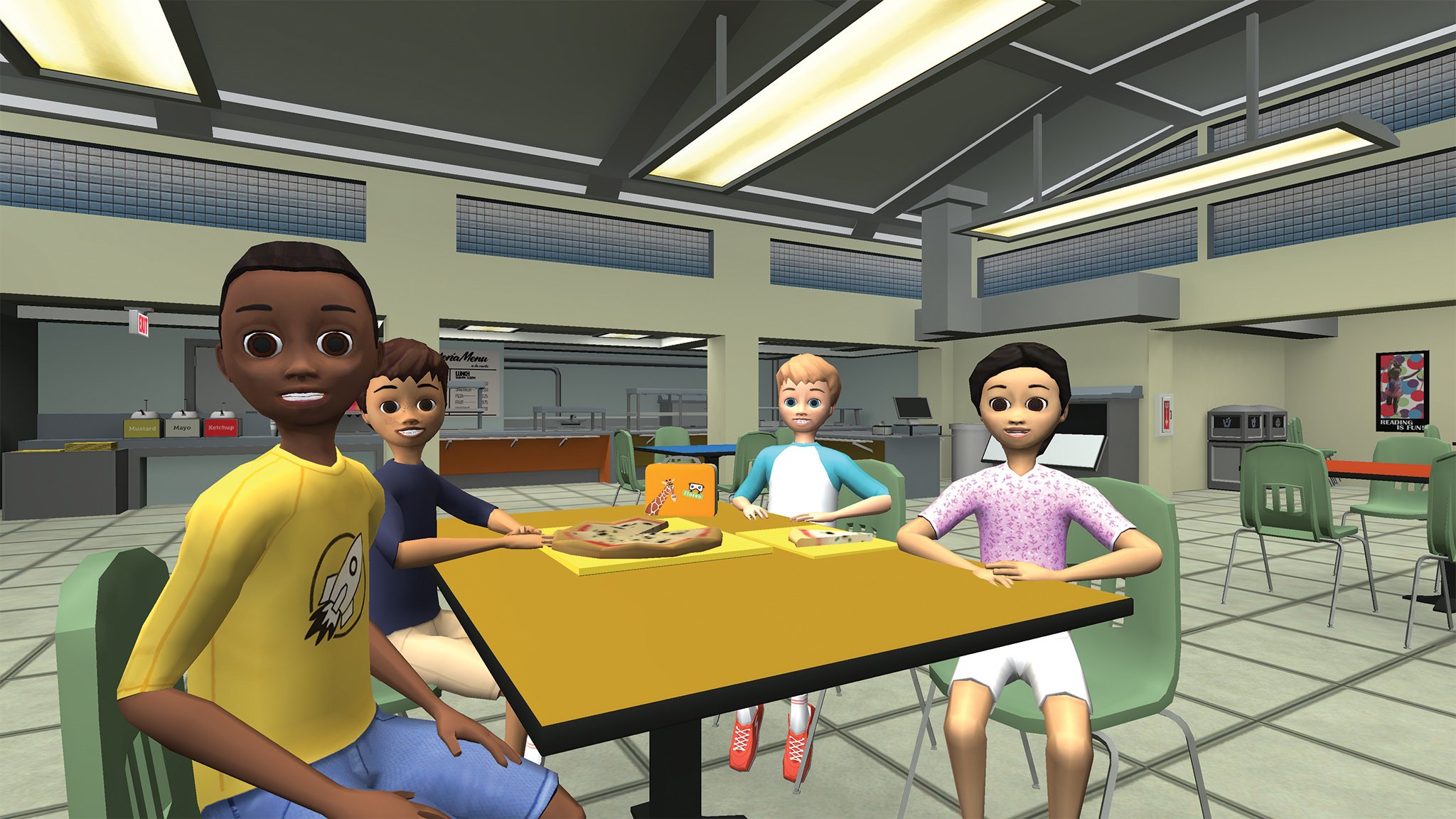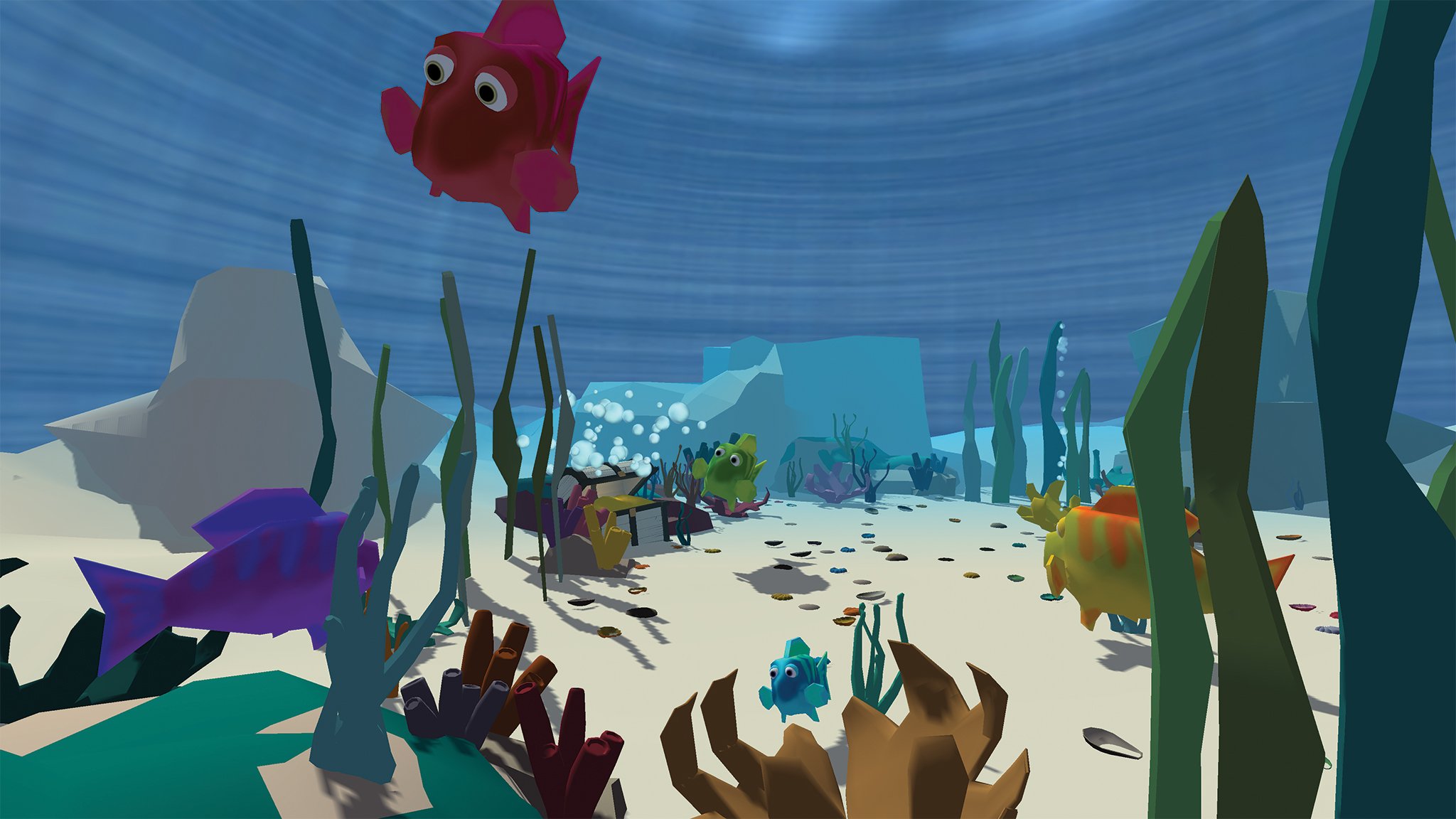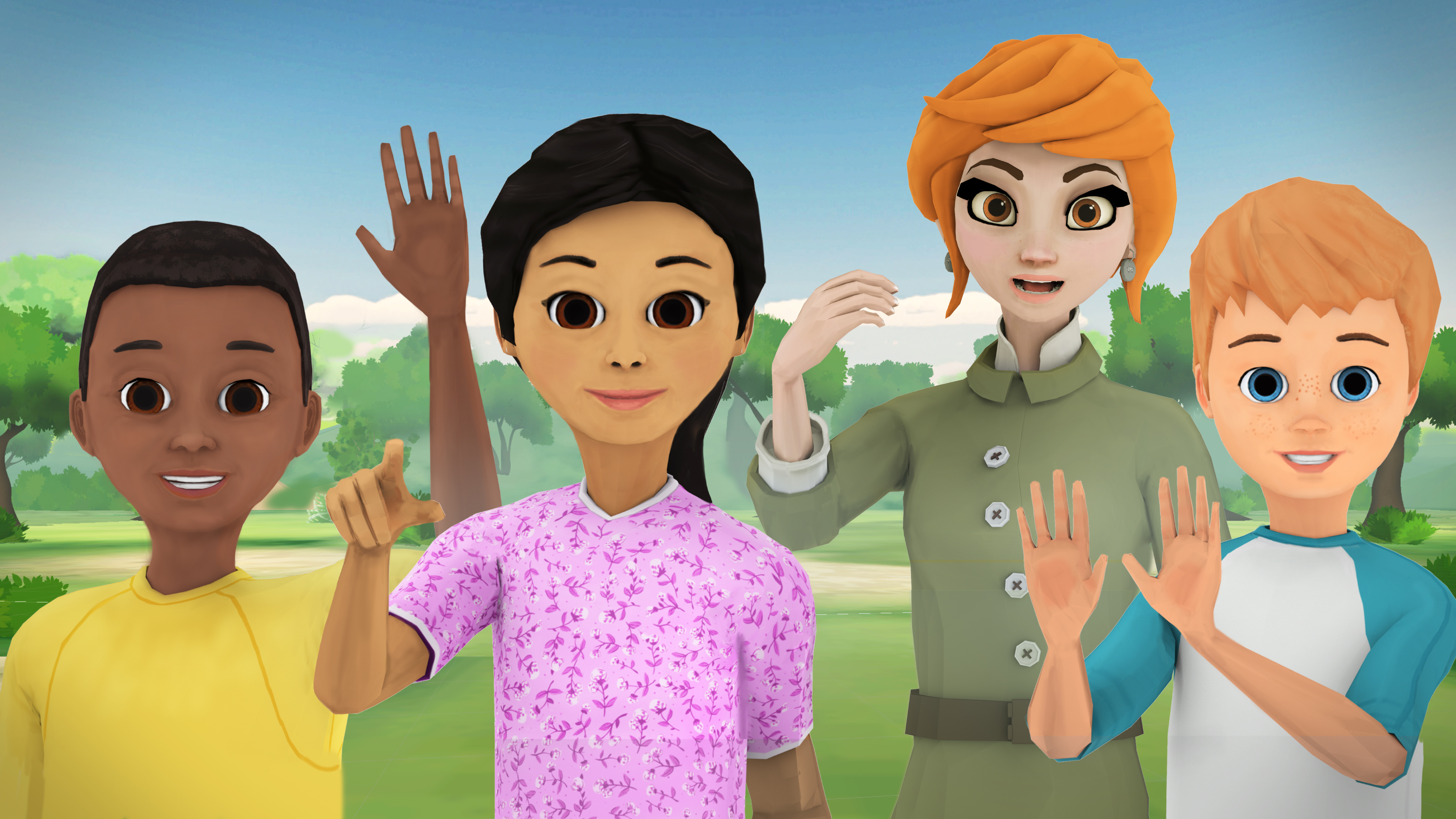.jpg?width=2732&height=2048&name=File%20(2).jpg)
Many Learners stall out when presented with a word problem in math. A variety of skills come into play when tackling a word problem and the more abstract the presentation of the problem is, the more challenging it can be. Practicing money management math problems in Floreo's movie theater can bring fun into your math practice. Here are some thoughts:
Floreo's three Time Management lessons (Multitasking; Organizational Habits; and,Interruptions & Distractions) provide Learners with a movie theater environment which includes a large list of concessions prices above the Learners head. (Ask the Learner to look above the soda machine and the slushie machine to find it.) There are prices for: different sizes of drinks, different sizes of popcorn; different sizes of "Freezie Slushies"; Pizza; Hot Dog; Pretzel; Candy; Ice Cream; Fruit; and then "Combo" prices. The prices are in whole dollar amounts ranging from $5 to $19. If you were using one of these lessons to practice math word problems, you would never tap the "Start" button, because all you need is a view of the environment.
- Learners with emerging word problem skills may need to start with simple questions, such as, "How much does this theater charge for a medium popcorn?" The Learner looks at the list and finds the price.
- Next, Learners might be asked to do some simple addition, either in their head, or counting on their fingers. "If a customer wanted to get a piece of pizza and a small Freezie Slush, how much would that cost?" The Learner looks at the list, holds those 2 prices in working memory, and adds them.
- Adding a bit more complexity, Learners could be asked, "How much money would be needed if the customer wanted to get a "Lemon & Lime Bubble" and some ZZs?" The Learner would need to interpret that the Lemon & Lime Bubble is a soda and the ZZ is a kind of candy. Learners could use the environment where they are to find those items and make those connections. Here, the Learner would need to apply some critical thinking to get to the response, not simply reading off the list. (Start with just one item at a time, if your Learner has difficulty with this step.)
- You might then move on to adding the prices of 3 or 4 items.
- Following that, you might ask, "If the customer gets an ice cream and a hot dog, and hands the cashier a $20 bill, how much change should the customer receive back?" Here the Learner needs to add the 2 items together, and then subtract the total from 20.
- The majority of places in the US charge sales tax. If this presents a challenge for the Learner, this environment could be used to practice the "dollar up" method, or the "5-dollar up" method, where Learners figure out the total price and provide additional money to cover the tax.
- If your Learners are working on percentages, you could pose questions about how much tax would be due on the total cost of the concessions items that you have chosen.
There are opportunities to get creative with these activities as well. Ask Learners to imagine what might be included in the "Combo" items. This movie theater has the "Go Getter" for $10, the "Star Hiker" for $15 and the "Lone Rager" for $19. Include these items in your math problems as well. And rather than math "problems", they can become "math puzzles".






-1.png?width=550&height=250&name=Untitled%20(3)-1.png)